Lithium-Sulfur Battery Race Heats Up For Faster Charging and Dis-Charging of Electric Car Batteries
Researchers at Oak Ridge National Laboratory are hot on the trail of a lithium-sulfur battery that packs four times the punch of conventional lithium-ion batteries.
Is the Lithium-Ion battery under threat from the Lithium-Sulfur battery?
A battery has been developed by the Oak Ridge National Laboratory. One of the USA owned Department of energy scientific facilities (ORNL for short).
This new battery has been developed using a chemical that we all know as sulphur. Which is a very abundant and low costing material. The new battery has been tested as having at least four times the energy density as the new one that now powers many of our electric products the Lithium-Ion Batteries.
Scientists at the ORNL facility. Have been able to use new types of sulfur rich materials. Consequently, and were then able to join the new type sulfur cathode. With a lithium anode together with a solid electrolyte material. So, to produce an energy dense solid type. Because the scientists have used sulfur the resulting product. Of course, is much safer and more cost effective that the lithium-Ion batteries. Hence in use at the moment. Considered a great breakthrough.
Sulphur comes from waste
The sulphur that is used is a waste product from the petro-chemical industry and so is almost free of charge. This makes it possible to re-cycle a waste product (sulphur) into a useful new battery.
The new batteries are not on the market just yet. But a patent has been applied for. Subsequently, it is thought that this excellent new invention will be available. Naturally, for commercial purposes in the near future.
One of the problems that the scientists have come across, is that Lithium-Sulfur Battery compounds can leak out from where they should be, which causes the batteries charge to deteriorate. The researchers set out to find it a possibility to restrain these escaping compounds.
To get round the problem, the scientists have made very small, hollowed shells out of a type of carbon, which will conduct the element. The researchers then coated them with a film of polymer to help keep the Li-S compounds inside.
See on cleantechnica.com

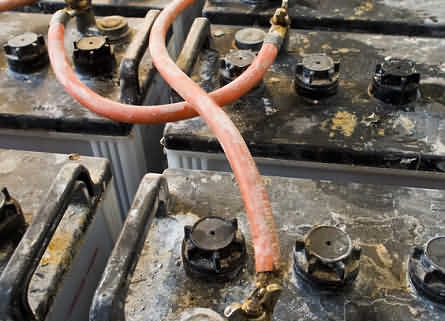
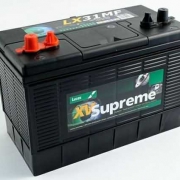
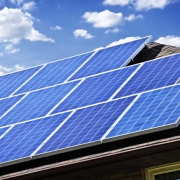
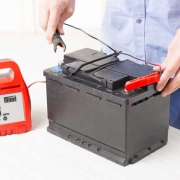
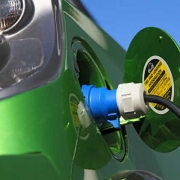
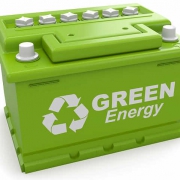


Comments are closed.